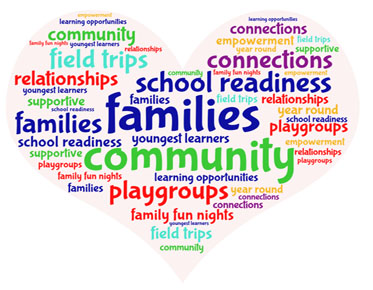Understanding Machine Embroidery File Formats | Eagle Digitizing
Embroidery file formats are how an embroidery design is saved to be stitched out on a specific embroidery machine brand. Different machine brands require different embroidery design file formats, so it's essential to know which file format is needed for your machine. Use these guidelines from Eagle Digitizing to find the best formats for your needs.
There are three main types of embroidery file formats:
expanded file formats
machine file formats
native file formats.
Expanded file formats like .dst/Tajima and .exp/Melco are still in existence today and can be read by almost every embroidery machine. These formats are considered to be the most reliable because they rarely get corrupted in the conversion process. Machine file formats, on the other hand, are specific to a particular machine brand and can vary in versions.
Native file formats are created within embroidery software and are the original file formats in which a design was digitized. These formats use the nodes and properties that the user chose during the digitizing process. They are considered to be the most efficient and fastest way to resize or modify a design, as they provide better results than using an expanded machine format.
For example, Wilcom's native file format, .emb, is widely regarded as the most advanced native file format available. It is intuitive and intelligent, providing users with the ability to choose the right properties for creating production-friendly designs at the click of a button. Hatch embroidery software now offers the .emb format for home embroiderers, providing them with access to the same advanced capabilities that commercial digitizers have been using for years.
Understanding embroidery file formats is essential for successful embroidery digitizing. Different embroidery machine brands require different file formats, so it's important to know which format to use for your machine. Expanded file formats, such as .dst or .exp, are widely accepted and can be read by almost every embroidery machine. Machine file formats are specific to each machine brand, while native file formats are created within embroidery software and provide the most efficient and effective way to modify designs.
At Eagle Digitizing, we understand
the importance of using the correct embroidery file format for your machine and
the design you want to create. As a professional digitizing and vector art service company, we are dedicated to providing high-quality services to our
clients. We offer 24-hour service and competitive pricing. If you have any
questions or need advice, please feel free to contact us. We can provide you
with a free quote and professional guidance.


